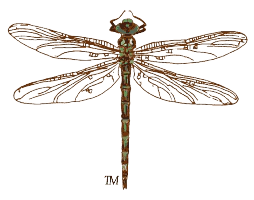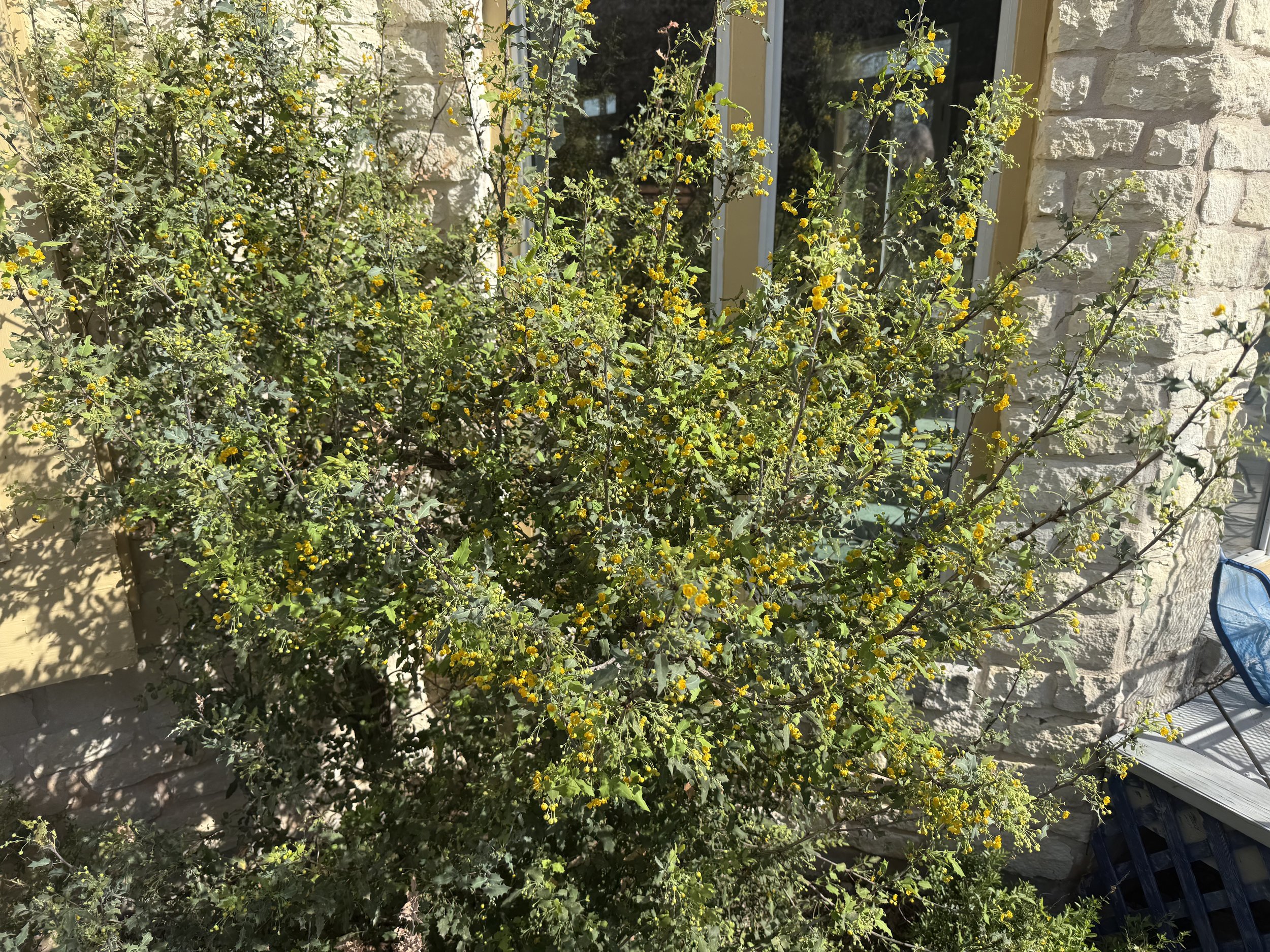Native Prickly Evergreens
Berberis trifoliolata
All photos courtesy Tina Adkins
Tina Adkins
Living in the Hill Country of Central Texas offers an amazing diversity of wildlife and plant life. People moving to this area for the first time are often excited to see white-tailed deer nibbling freely in their front yards, with young spotted fawns frolicking nearby. However, after residents try to grow a multitude of flowering plants to brighten their landscape—and discover that most flowers and young spring leaves have been gobbled up, clipped off at the base, or completely pulled out from the roots—gardeners can quickly become discouraged by these same deer.
A white-tailed deer’s diet primarily comes from forbs and woody plants, since they are browsers, not grazers. Forbs are herbaceous, broad-leaf plants commonly thought of as weeds or wildflowers. Only 5–10% of a deer’s diet consists of new, soft leaves of grasses, unlike cattle and horses, which are almost exclusively grazers. Grasses contain protein, minerals, and carbohydrates, including lignin—a complex polymer that strengthens cell walls but is extremely difficult to digest unless you have four stomachs (like cattle) to break it down.
A 100-pound deer consumes about 3.5 pounds of forage per day; multiply that by the number of deer browsing in your yard, munching on your short woody plants and flowers. A scrumptious feast is ready and waiting with all the baby and teenage trees and shrubs.
If you’d like to minimize the deer feast in your yard, carefully select less palatable native plants.
One very resilient evergreen shrub that grows naturally throughout Texas on dry rocky slopes, hills, and open woodlands is Berberis trifoliolata, better known as Agarita, Agrito, Algerita, or Chaparral Berry. The name Agarita comes from the Spanish verb agarrar, meaning “to grab”—a nod to its spiky leaves.
Agarita - Berberis trifoliolata
Each blue-green leaf is composed of three long, stiff leaflets (thus the name trifoliolata) that are smooth in the center but have three to seven razor-sharp points that can grab you as you pass by.
One of the early spring-blooming natives, it produces small, strongly fragrant yellow flowers that attract a multitude of native bees and other pollinators.
The shrub can grow up to 6 feet tall, with an equal spread. Agarita produces bright red, edible berries from May through July. Birds and other wildlife enjoy the tart yet sweet fruit, which supplements their seed diet and helps disperse seeds for future plants.
A closely related cousin, Berberis swaseyi, or Texas Barberry, looks visually similar but is an uncommon shrub endemic to the Texas Hill Country.
Texas Barberry - Berberis swaseyi
This variation has a compound leaf structure with five to nine leaflets, each side lined with three to six sharply pointed teeth. The leaves shift colors with the seasons—rosy in the spring, gray-green in summer, and muted shades of reds and purples through the winter—unlike trifoliolata, which stays consistently blue-green.
Short racemes of yellow flowers burst forth, usually after its cousin has led the way. Bright red berries, a bit smaller than its kin’s, are highly prized in my household for their distinctive flavor.
Agarita - Berberis trifoliolata (left) and Texas Barberry - Berberis swaseyi (right)
Consider the positives
Many newcomers to the Hill Country question this genera’s purpose and prefer to remove it altogether from their landscape. However, there are quite a few positive aspects to consider:
Since either species of Berberis is very sharp and painful to the touch (and to the mouth), larger mammals generally don’t browse on it; Berberis is considered a low-quality deer browse and is less preferred.
Like Ashe Junipers (Mountain Cedar), Agarita acts as a “nursery” plant, providing safety, shade, and cover for vulnerable seedlings and small young wildlife such as birds and bunnies.
It’s an excellent source for early pollinators.
If your ground is compacted and you struggle to grow anything in your 2 inches of topsoil, this evergreen can grow right out of limestone and caliche.
Agaritas are well adapted to extreme temperatures—25 to 110 degrees is well within their normal range.
Once established, they can thrive on very little water—or a heavy downpour.
They grow equally well in direct sun or part shade.
Thanks to their prickly leaves, they make highly effective security hedges.
Oh, and did I mention? They are true evergreens.
But perhaps the most transcendent quality of the Agarita is its delectable berries, which we harvest in summer to make a unique jam.
Agarita - B. trifoliolata
Texas Barberry - B. swaseyi
Once they are fully ripe in late July or August, harvesting is the tricky part: simply work “s-l-o-w-l-y” to gather only one-third of the berries from each plant.
By leaving one-third for wildlife and another third for future plant growth, you’ll be acting as a responsible naturalist.
B. swaseyi







